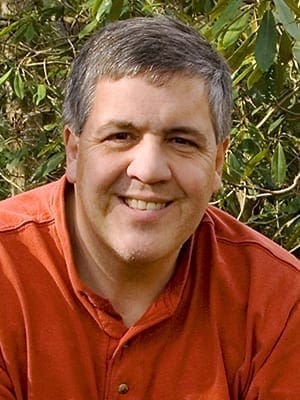I met up with a friend to do some photography of the prairies in southwest Missouri a few weeks ago.
I had never photographed prairies and, although I had a few preconceptions of what a prairie would look like, I really didn’t know what to expect.
When we stopped at the first spot and got out of the car, I must have had a bewildered look on my face because my friend asked me what was wrong.
In a sense, I was bewildered. Even though I didn’t know what to expect in the prairies, I have to say I did expect more. That first prairie looked like little more than a common field. I couldn’t see what was so special about it.
Now I know that prairies are very special. At one time, prairies practically covered the middle section of North America; the area was a virtual sea of grass. That is hardly the case today.
As noted in the “Peterson Field Guide on the North American Prairie,” “less than 5 percent of the original tallgrass prairie still stands unplowed, and about half of the original mixed-grass and shortgrass prairies have vanished.”
A landscape that at one time covered one-third of the continent barely survives today.
In most instances, it has been converted to farmland. Thankfully, several states have recognized the need to preserve sections of pristine prairie, and these are open to visitation.
At that first prairie, I struggled with how to photograph what I was seeing for a couple of reasons.
First, I had not previously attempted to photograph prairies. Second, I really didn’t understand them.
I had no knowledge of a prairie’s unique characteristics or their ecological value. One might think that would not hinder a photographer’s efforts to capture a landscape but it does. It makes a world of difference.
The more time I spent in the prairies, the more I came to appreciate what they had to offer.
The more I came to appreciate the prairies, the better my photographs became.
Since returning home, I’ve read a bit about the prairies and feel like I now have a better handle on what prairies are and their value.
I’d like to think that if I photographed a prairie area tomorrow, this newfound knowledge would be reflected in the images I took.
Studying one’s subject and spending time with it are necessary to give one the eyes he or she needs to understand and fully appreciate that subject. That’s just the way it is.
That happens to be true in areas beyond photography, such as with understanding and appreciating others, especially those we don’t know so well.
There are people groups that at the present time seem foreign or strange to each of us.
We have preconceptions of what they are like, but we will never really know them or appreciate them if we do not take the time to learn about them and actually spend time with them.
We will never know their beauty and uniqueness looking from the outside. We must make the effort to get to know them for this to happen and invest the time that is necessary for doing so.
By coincidence, at the same time I was photographing the prairies in southwest Missouri, in another part of the state racial tensions were erupting in great force.
The events in Ferguson have made it apparent that we still have a long way to go in tearing down walls that separate people.
The walls that separate people these days are quite numerous. Whatever the walls may be in a particular situation, they divide people and create a distance that keeps us from actually getting to know and appreciate those on the other side.
These walls keep us from seeing the beauty that God has placed in all people.
If we are going to take seriously the divine call to love others as God has loved us (see John 15:12), then we must make the effort to tear down these walls and get to know one another. Sure, this can be risky business, but in the end it is even riskier not to try.
Whether it is prairies or people, we must spend time in their presence and strive to learn more about them if we are to fully appreciate them.
Whether it be prairies or people, the survival of each may well depend on our willingness to do so.
 Chuck Summers is a pastor of the First Christian Church (Disciples of Christ) in Henderson, Kentucky. He is also a photographer whose work has appeared in numerous national magazines and calendars, and he has published three photography books. A version of this article first appeared on Seeing Creation, a blog Summers co-authors with Rob Sheppard, and is used with permission.
Chuck Summers is a pastor of the First Christian Church (Disciples of Christ) in Henderson, Kentucky. He is also a photographer whose work has appeared in numerous national magazines and calendars, and he has published three photography books. A version of this article first appeared on Seeing Creation, a blog Summers co-authors with Rob Sheppard, and is used with permission.
Chuck Summers is a pastor of the First Christian Church (Disciples of Christ) in Henderson, Kentucky.

